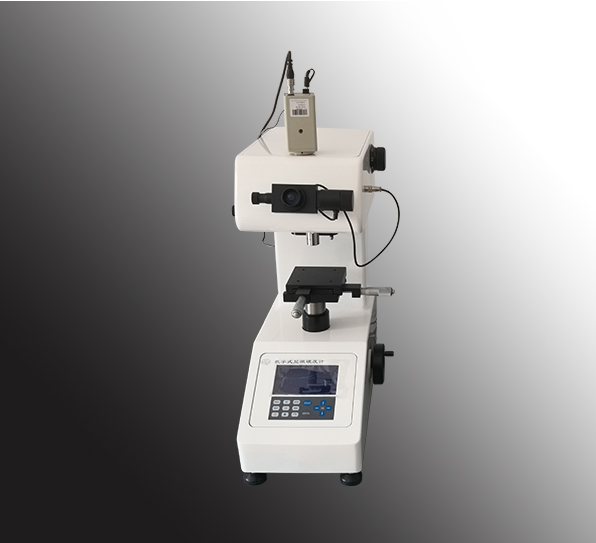

current position:Information and data>What are the characteristics of supersonic spraying?
Supersonic spraying is widely used in cemented carbide production. The application of supersonic spraying technology can strengthen the surface strengthening treatment of cemented carbide parts, making it more suitable for harsh working conditions in machinery manufacturing, aerospace, energy transportation, petrochemical and other industries. Metal spraying manufacturers will mainly introduce the characteristics of supersonic spraying today.
The principle of supersonic spray is to use a high-pressure water-cooled reaction chamber and a slender nozzle to send fuel (as well as oxygen and oxygen) into the reaction chamber for combustion, thereby producing a high-pressure flame. Then, in supersonic spraying, the combustion flame is compressed and accelerated by the nozzle, and the powder can be sprayed axially or axially from one side of the nozzle.
Another method of HV spraying is to inject fuel and oxygen at high pressure and then burn it outside the nozzle. Thermal powder spraying uses high-pressure gas to inject the flame axially from the nozzle, and then the combustion flame is compressed by the compressed gas in the nozzle outside the hood. The molten thermal spray process powder is accelerated and sprayed onto the substrate.

Compared with explosive spraying, supersonic spraying has the characteristics of fast spraying speed and low flame temperature, and is suitable for cemented carbide coatings. The coating density obtained by supersonic spraying is high, reaching 99.9% of the theoretical density, the strength is greater than 70mpa, the coating has less impurities, and the residual stress is low. In some cases, design residual stresses can be obtained. Therefore, thick coatings can be sprayed efficiently, but there are also disadvantages of high fuel consumption and high cost.
Hot information

